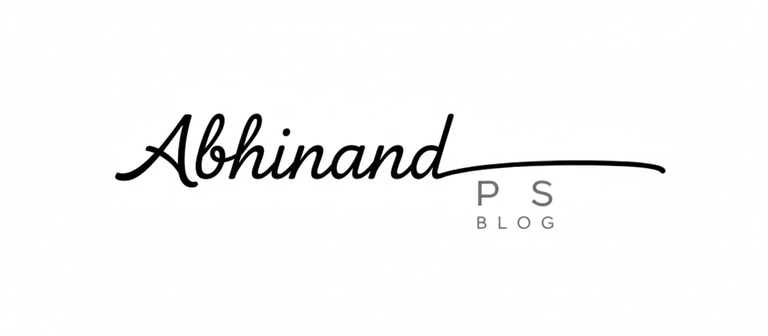Top Automation Tools: Boost Productivity & Streamline Workflows
Explore the best automation tools that save time, increase efficiency, and simplify complex tasks. Learn how to choose and use automation effectively.


Top Automation Tools: Boost Productivity & Streamline Workflows
You might wonder how some teams get so much done with seemingly less effort. The secret often lies in automation tools—software designed to handle repetitive tasks and optimize workflows so you can focus on what truly matters. Here’s what I’ve learned from years of experience integrating these tools: the right automation can transform your productivity and reduce errors across your business.
Whether you're a solopreneur, part of a growing startup, or managing large enterprise operations, understanding automation tools is essential to staying competitive and agile in today’s fast-paced environment.
What Are Automation Tools?
Automation tools are software applications that perform routine tasks automatically, reducing manual input and streamlining operations. They cover a wide range of functions such as:
Workflow automation (e.g., task routing, approvals)
Marketing automation (e.g., email campaigns, social media posting)
Robotic Process Automation (RPA) for repetitive data entry or processing
IT automation (e.g., server monitoring, deployment)
Customer service automation (e.g., chatbots, ticketing)
These tools use triggers, workflows, and integrations to connect disparate systems, saving time and ensuring consistency.
Essential Features to Look For
When selecting automation tools, consider the following:
Ease of Use: Drag-and-drop interfaces or low-code/no-code platforms reduce the learning curve.
Integrations: Ability to connect with your existing apps like CRM, email, Slack, etc.
Customization: Support for creating tailored workflows that match your processes.
Scalability: Tools that grow with your business.
Analytics & Reporting: Insights to track automation effectiveness and ROI.
Popular Automation Tools for Different Needs
Zapier: Connects over 5,000 apps, enabling non-developers to create automated workflows.
UiPath: A leader in Robotic Process Automation (RPA) for complex enterprise tasks.
HubSpot: Combines marketing, sales, and service automation under one platform.
Microsoft Power Automate: Integrates deeply with Microsoft 365 to automate business processes.
Singp AI Automation: Part of the SingularityNET ecosystem, Singp enables decentralized AI-driven automation workflows with smart integrations and customization. It leverages no-code automation and AI to optimize complex tasks at scale Sign up here.
Real-World Examples
A digital marketing agency I worked with switched to Zapier and HubSpot automation to handle client onboarding, saving roughly 10 hours weekly and reducing errors in task assignments. Another example is how enterprises use UiPath to automate invoice processing, cutting turnaround time from days to hours.
How to Get Started with Automation Tools
Pinpoint repetitive tasks prone to manual errors or delays.
Map out your current workflows to identify integration points.
Choose a tool that fits your technical capabilities and integrates well.
Pilot small workflows to test effectiveness.
Scale gradually, adjusting the automation based on feedback and analytics.
Conclusion: Unlock Efficiency with Automation Tools
Automation tools are no longer optional—they’re vital for businesses looking to scale efficiently. From simple email triggers to complex AI-driven workflows like those possible with Singp, automation can save time, reduce costs, and improve accuracy. The key is starting smart: choose a tool aligned with your needs, experiment, and iterate.
Ready to boost your productivity with smart automation? Explore Singp AI and see how decentralized AI automation can revolutionize your workflows: Sign up here.
FAQ Section
Q: Do automation tools require coding skills?
A: Many modern tools offer no-code or low-code interfaces, making automation accessible to non-technical users.
Q: Can automation tools integrate with multiple apps?
A: Yes, top tools support hundreds or thousands of integrations to connect various software seamlessly.
Q: Are automation tools secure?
A: Leading platforms follow industry best practices for data privacy and security.
Q: How do AI and automation work together?
A: AI enhances automation by enabling intelligent decision-making, pattern recognition, and predictive workflows.
External Links
Zapier Automation Platform — https://zapier.com
UiPath RPA Overview — https://www.uipath.com/rpa
Microsoft Power Automate — https://flow.microsoft.com
Singp AI Automation — https://playosinc.pxf.io/QjgaEa
